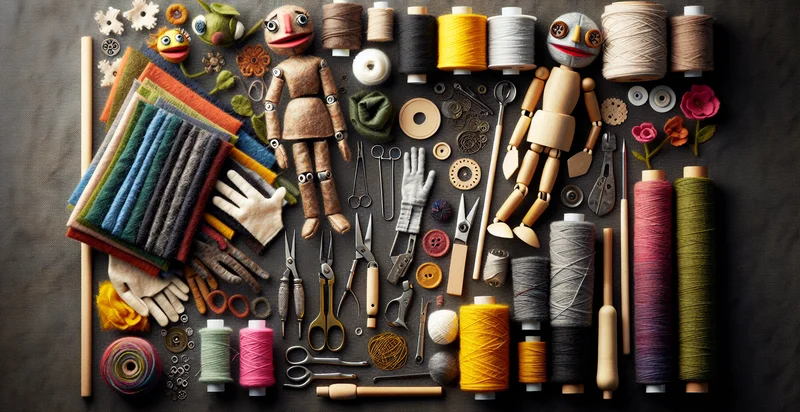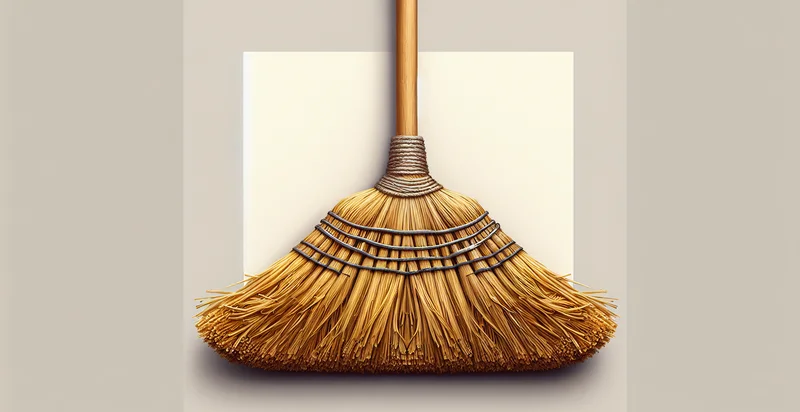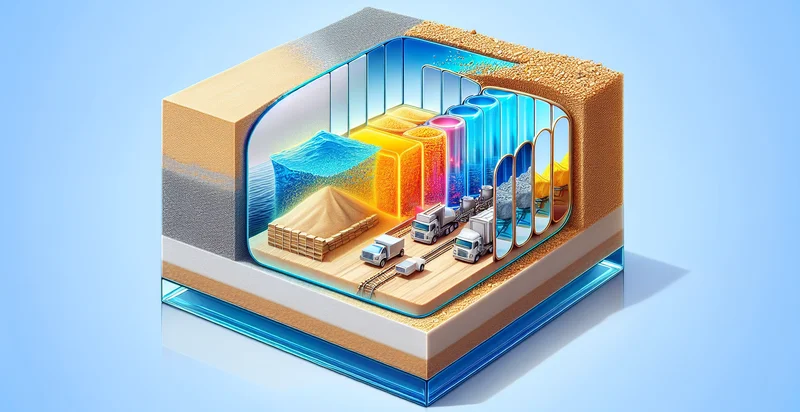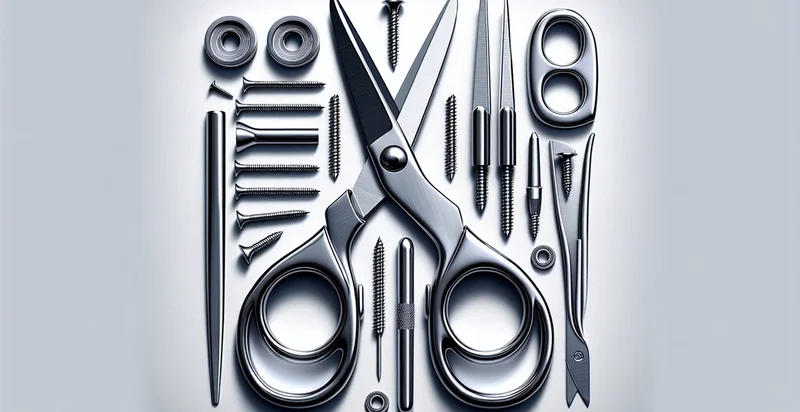Identify what material a puppet is made from
using AI
Below is a free classifier to identify what material a puppet is made from. Just upload your image, and our AI will predict what material a puppet is made from - in just seconds.

Contact us for API access
Or, use Nyckel to build highly-accurate custom classifiers in just minutes. No PhD required.
Get started
import nyckel
credentials = nyckel.Credentials("YOUR_CLIENT_ID", "YOUR_CLIENT_SECRET")
nyckel.invoke("what-material-a-puppet-is-made-from", "your_image_url", credentials)
fetch('https://www.nyckel.com/v1/functions/what-material-a-puppet-is-made-from/invoke', {
method: 'POST',
headers: {
'Authorization': 'Bearer ' + 'YOUR_BEARER_TOKEN',
'Content-Type': 'application/json',
},
body: JSON.stringify(
{"data": "your_image_url"}
)
})
.then(response => response.json())
.then(data => console.log(data));
curl -X POST \
-H "Content-Type: application/json" \
-H "Authorization: Bearer YOUR_BEARER_TOKEN" \
-d '{"data": "your_image_url"}' \
https://www.nyckel.com/v1/functions/what-material-a-puppet-is-made-from/invoke
How this classifier works
To start, upload your image. Our AI tool will then predict what material a puppet is made from.
This pretrained image model uses a Nyckel-created dataset and has 16 labels, including Ceramic, Cotton, Fabric, Felt, Foam, Glass, Lace, Leather, Metal and Nylon.
We'll also show a confidence score (the higher the number, the more confident the AI model is around what material a puppet is made from).
Whether you're just curious or building what material a puppet is made from detection into your application, we hope our classifier proves helpful.
Related Classifiers
Need to identify what material a puppet is made from at scale?
Get API or Zapier access to this classifier for free. It's perfect for:
- Puppet Production Quality Control: This function can be employed in manufacturing facilities to identify the material composition of puppets during the quality control process. By ensuring that the correct materials are used, manufacturers can reduce waste and improve product consistency.
- E-commerce Product Verification: Online retailers can utilize this image classification function to verify the materials of puppets listed in their inventory. This helps prevent misinformation and enhances customer trust by ensuring product descriptions are accurate.
- Educational Resource Development: Educators can use this tool to classify different puppet materials for creating educational content about art and puppet-making. This enriched content can engage students and enhance their understanding of material characteristics in creative projects.
- Cultural Heritage Preservation: Organizations focused on preserving traditional puppet-making techniques can utilize this function to catalog the materials used in historical puppets. This classification helps in understanding the evolution of puppet craftsmanship and its cultural significance.
- Puppet Restoration Assessment: Museums and restoration specialists can employ the image classification function to assess the materials used in puppets that require restoration. This insight aids conservators in selecting appropriate restoration techniques and materials that match the original.
- Puppet Performance Suitability Analysis: The function can assist puppet theater companies in identifying materials to help select the best puppets for specific performance environments. Knowing the material properties can influence decisions about durability, sound production, and visual appeal.
- Sustainable Material Sourcing: Companies committed to sustainability can leverage this image classification function to evaluate puppet materials for environmental impact. By identifying alternative or eco-friendly materials, businesses can enhance their sustainability initiatives while meeting customer demands for greener options.


